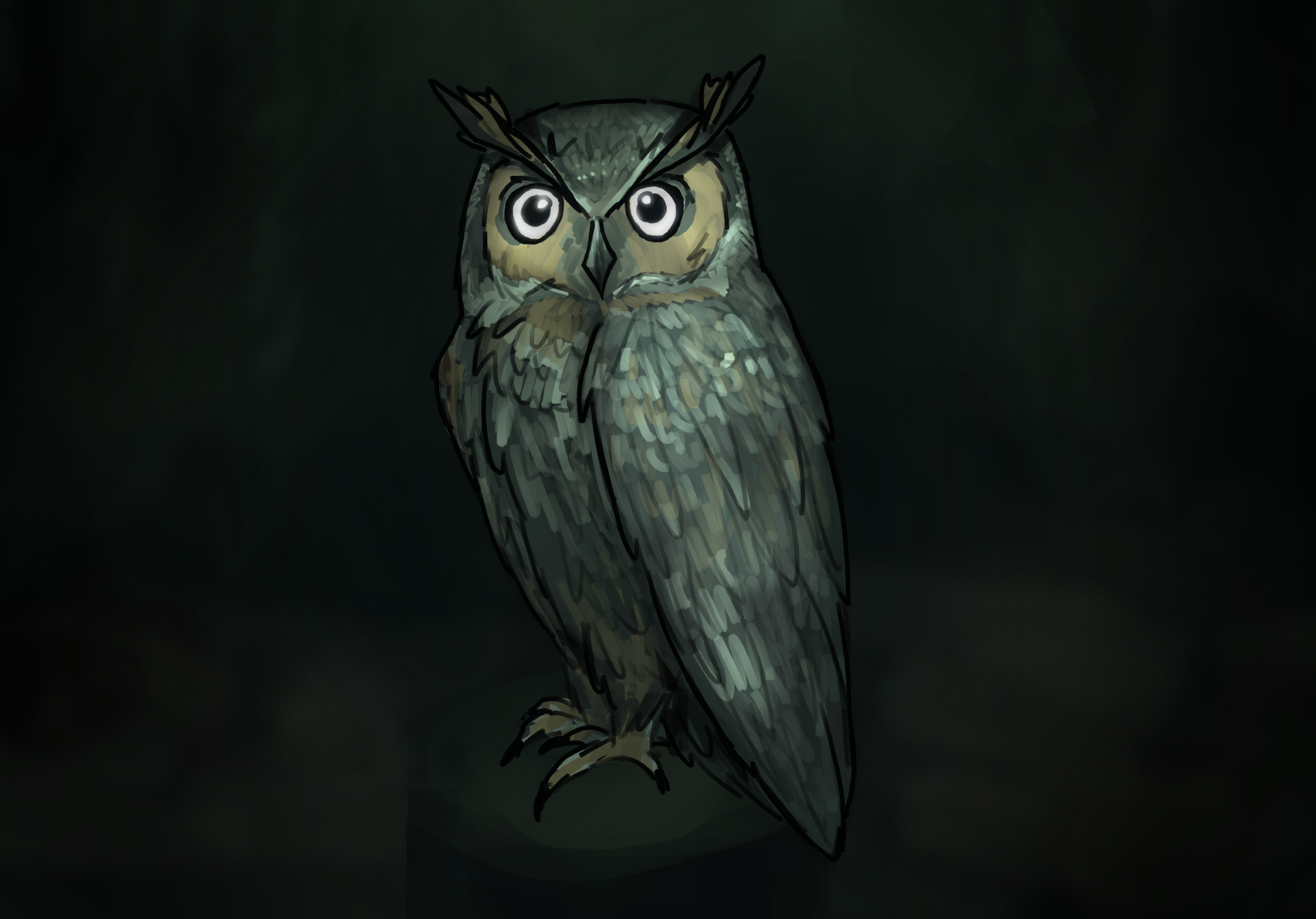Would you consider yourself nocturnal, pulling all-nighters throughout the week to study for your exams? Many animals, including humans, are diurnal, which means that they are active during the day and rest at night. However, the vast majority of all mammals are nocturnal, meaning they are active at night and rest during the day. Nocturnality is more frequent in regions with low ratios of both daylight and twilight, and low variance in daylight; diurnality is more frequent where there are longer and more variable daylight hours and twilight is limited.
According to the National Center for Biotechnology Information (NCBI), about 70 percent of the world’s mammals are nocturnal. Research has shown that the reason why so many animals are nocturnal is that it protects them from going extinct and helps them survive.
According to research done in Science, many fish species that have been known to have a history of being nocturnal have survived mass extinctions. One such example is the sturgeon, a type of pointy-snouted fish, which have remained nocturnal throughout every known generation.
Since the bulk of the discovered animals are nocturnal, it leaves out so many more yet to be discovered species and organisms. “Because diurnal animals are easier to spot, … it is likely that even more of the existing animals on earth are nocturnal than we think,” freshman Leilia McCabe said.
During the day, heat fluctuations occur, which can cause diurnal organisms to have difficulty regulating their body temperatures. This can ultimately lead to dehydration and affect the ecosystem.
In addition to survival, there have been other discoveries made that show how nocturnality can benefit organisms. At night, many nocturnal organisms will foil through detritus, debris and water, to find food. Ultimately, their food sources would not run out because waste and trash is always being produced. Whereas during the daytime, animals have to prey on other animals for food, and there is a chain of survival, which means an extinction in one group will cause other groups to also become affected.
Nocturnality and diurnality then pose another question. Since many of the fish in the oceans are nocturnal, are the deep ocean creatures also nocturnal or do they have no set pattern?
“I think they don’t follow a pattern in activity as no sunlight reaches the deep ocean so these animals probably do not experience day-night cycles. Plus, scientists believe that life evolved first in the oceans so it is unlikely that deep ocean fish would have residual land animal traits such as nocturnal or diurnal patterns,” McCabe said.
Maybe us students do not follow nocturnal patterns, but are rather cathemeral, meaning they stay active at intermittent times throughout the night and go to school during and study for your exams with naps in between.
If you would like to voice your opinion on an issue you feel is relevant to our community, please do so here. Anyone is able and welcome to submit a Letter to the Editor, regardless of journalistic experience or writing skills. Submissions may be published either online or in a print issue.









